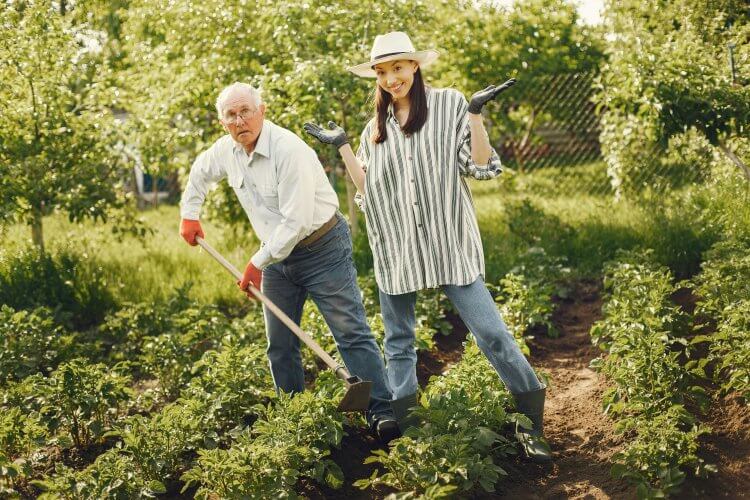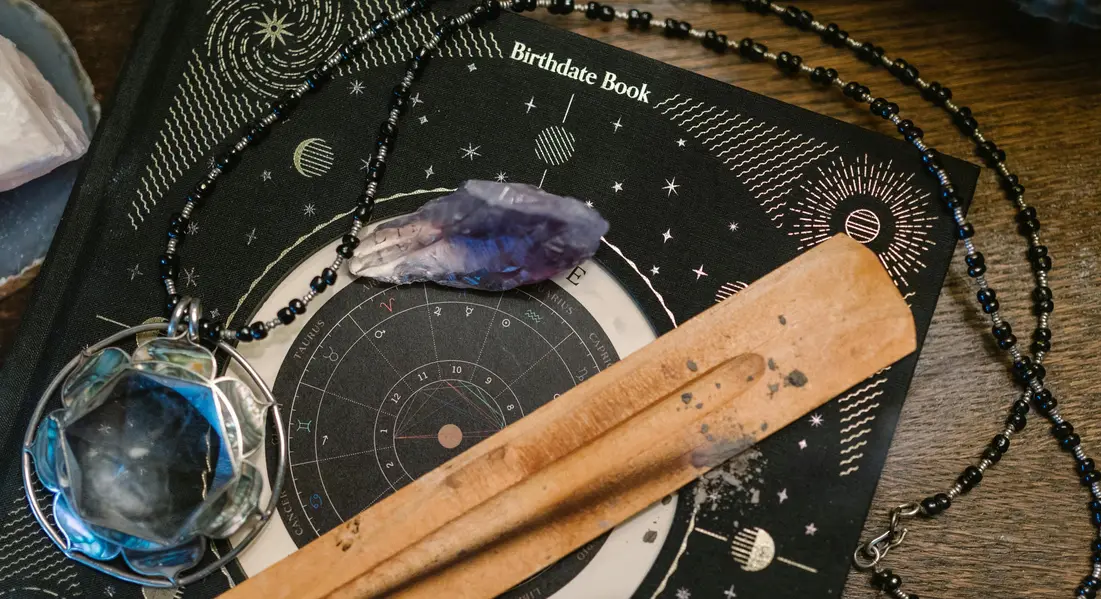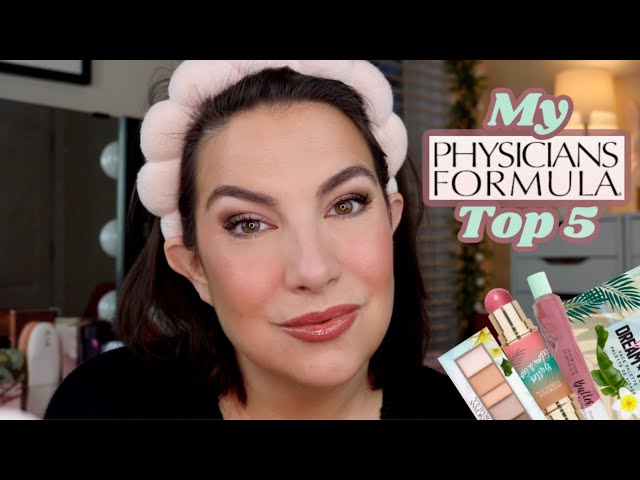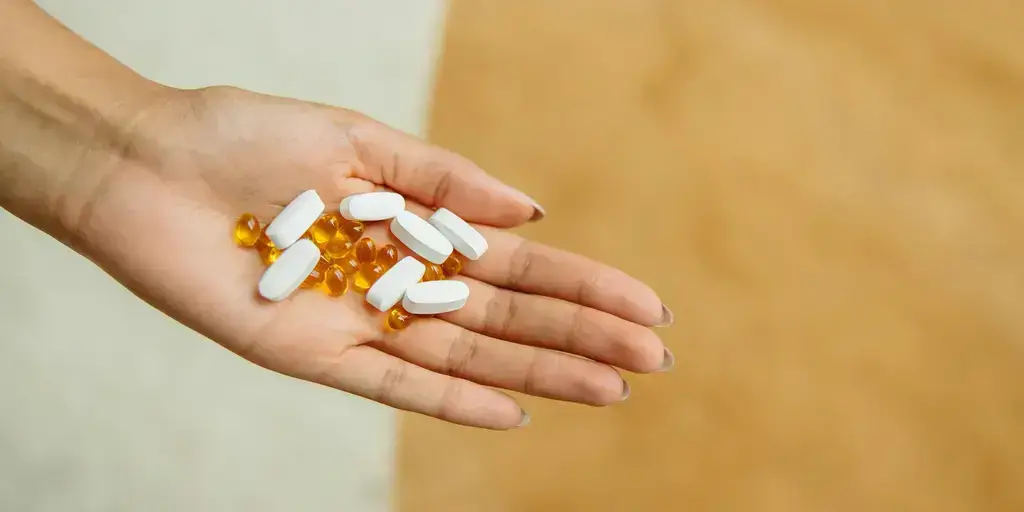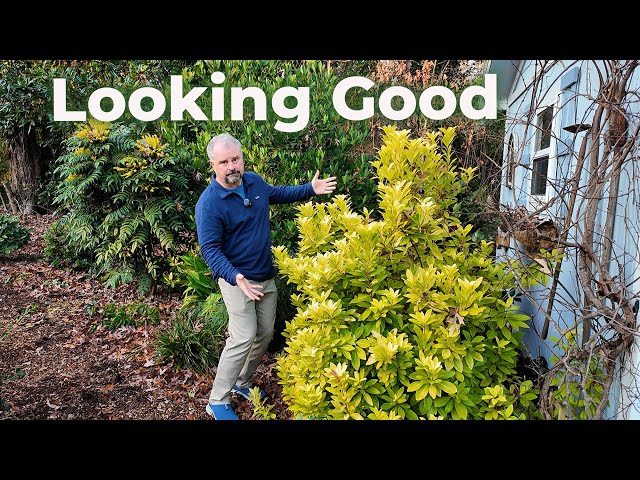Gardening is a wonderful hobby that allows you to connect with nature, beautify your surroundings, and even grow your own food. Whether you have a spacious yard or a tiny balcony, you can start your own DIY garden and enjoy the benefits of gardening.
Choosing Your Plants
The first step in DIY gardening is choosing the right plants for your space. Consider the amount of sunlight your garden receives and the climate in your area. Some plants need full sun, while others thrive in shade. It’s also important to consider the size of the plants and their growth habits. Make sure you choose plants that are suitable for your space.
Preparing the Soil
Good soil is the foundation of a healthy garden. Start by testing your soil’s pH level. Most plants prefer a slightly acidic soil, with a pH level between 6 and 7. If your soil is too acidic or alkaline, you can adjust it by adding soil amendments.
Next, loosen the soil by tilling or digging it. Remove any weeds, rocks, or debris. Add organic matter such as compost or well-rotted manure to improve the soil’s structure and nutrient content.
Planting and Watering
When planting your flowers or vegetables, space them properly to allow for adequate air circulation and growth. Keep in mind the plant’s mature size and leave enough room for it to spread out.
Water your plants regularly, especially during dry periods. The frequency and amount of water depend on the plant’s water needs and the weather conditions. Aim to water the plants deeply, reaching the roots, rather than merely wetting the surface.
Maintaining Your Garden
A well-maintained garden requires regular care. Keep an eye on weeds and remove them promptly to prevent them from competing with your plants for nutrients. Mulching can help suppress weeds and retain moisture.
Fertilize your plants periodically to provide them with essential nutrients. Use a balanced fertilizer or organic options such as compost or worm castings. Follow the package instructions for application rates.
Pest and Disease Control
Monitor your garden for pests and diseases regularly. Aphids, snails, slugs, and other pests can wreak havoc on your plants. Use organic pest control methods such as handpicking, spraying with soapy water, or introducing beneficial insects like ladybugs.
If you notice any signs of disease, such as spots on leaves or wilting, take immediate action. Remove and dispose of infected plants, and treat the remaining ones with appropriate organic remedies.
Harvesting and Enjoying
One of the most rewarding parts of DIY gardening is harvesting your own produce or enjoying the beauty of your blooming flowers. Harvest vegetables when they reach their peak ripeness, and pick flowers in the early morning or evening when they are fully hydrated.
Take the time to appreciate the fruits of your labor and share them with friends and family. A homegrown bouquet or a freshly harvested meal is a special treat that brings joy and satisfaction.
DIY gardening allows you to create your own little oasis and experience the wonders of nature. With a bit of planning, preparation, and care, you can cultivate a thriving garden that brings beauty and nourishment to your life.

